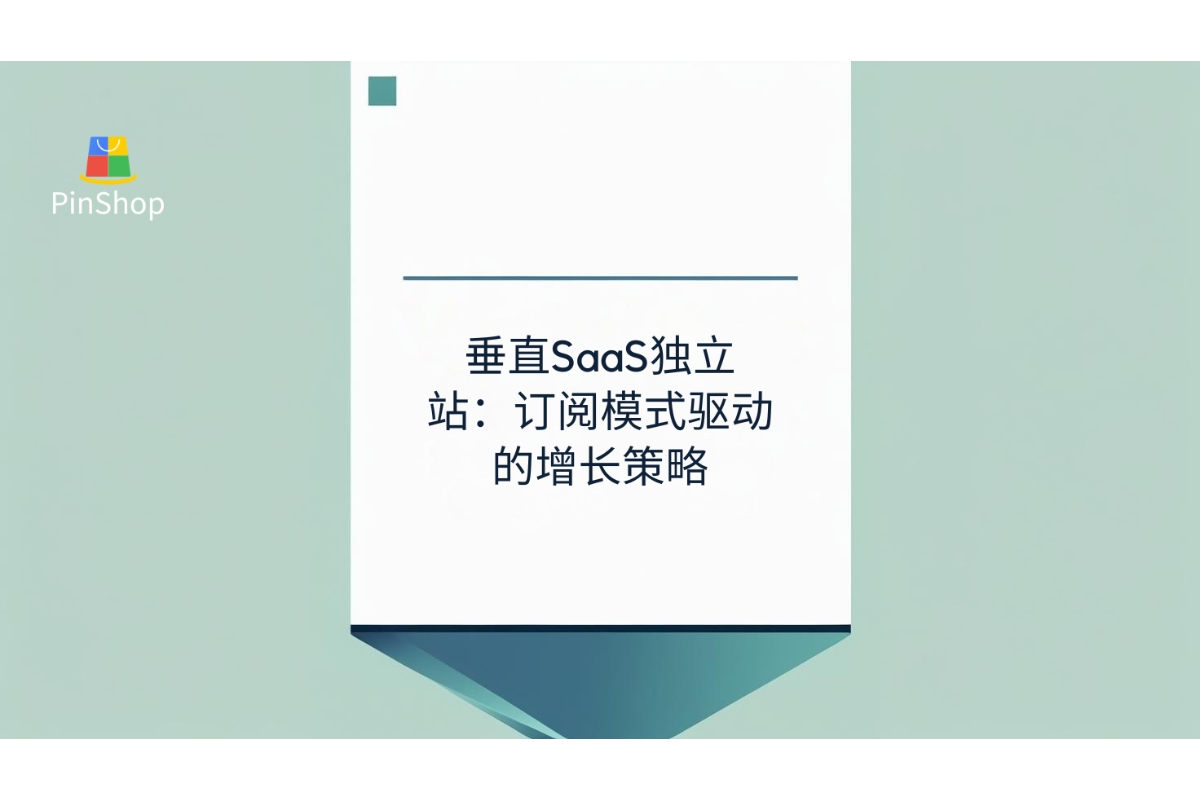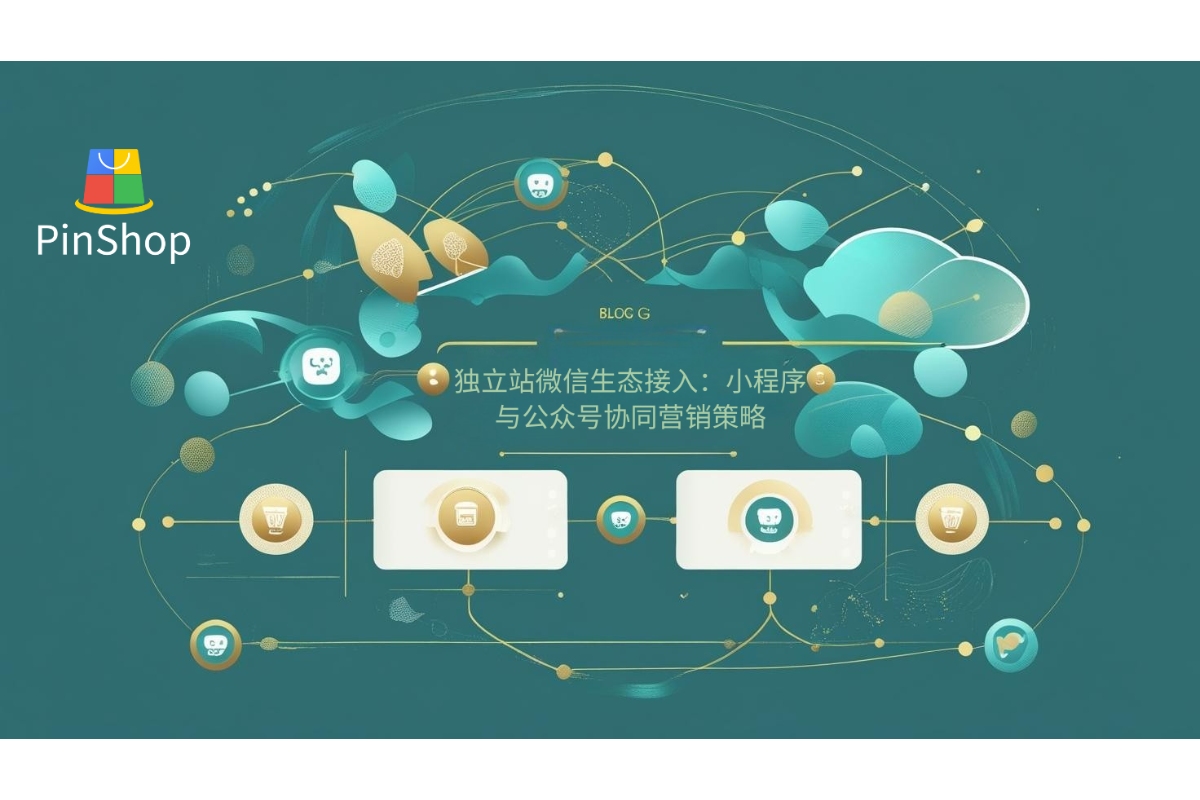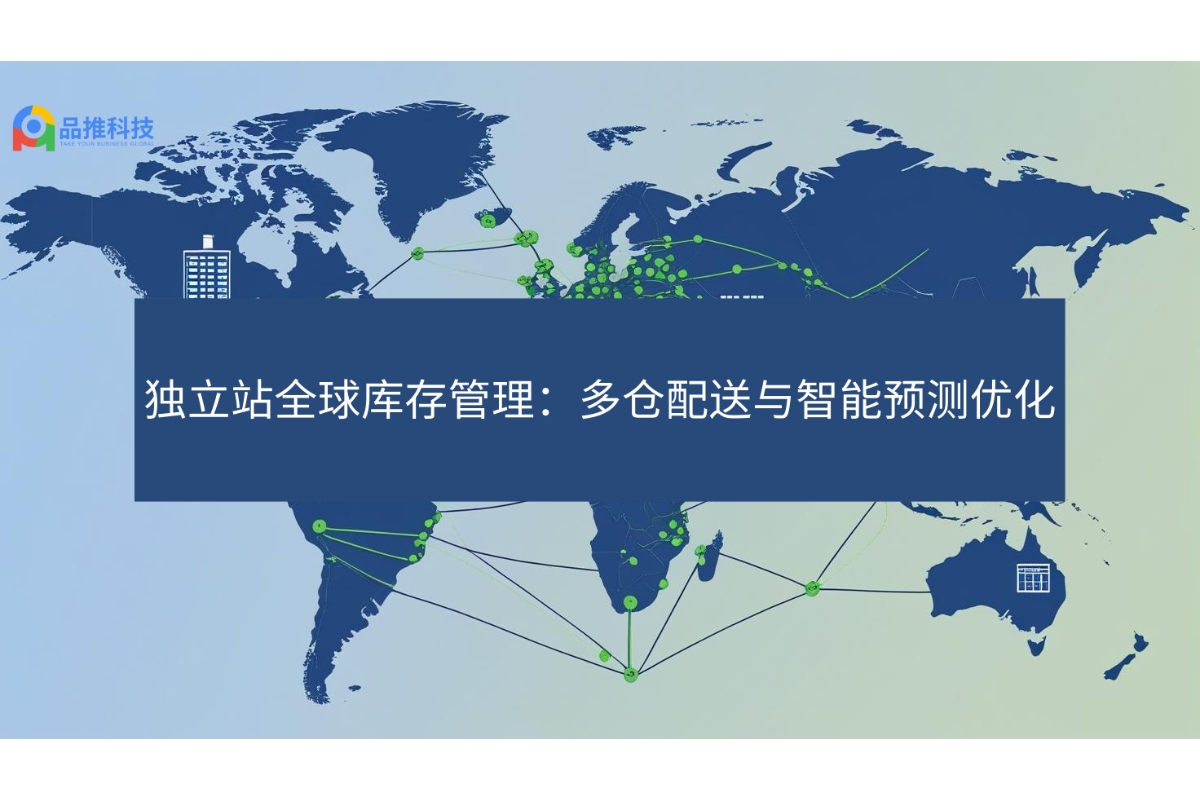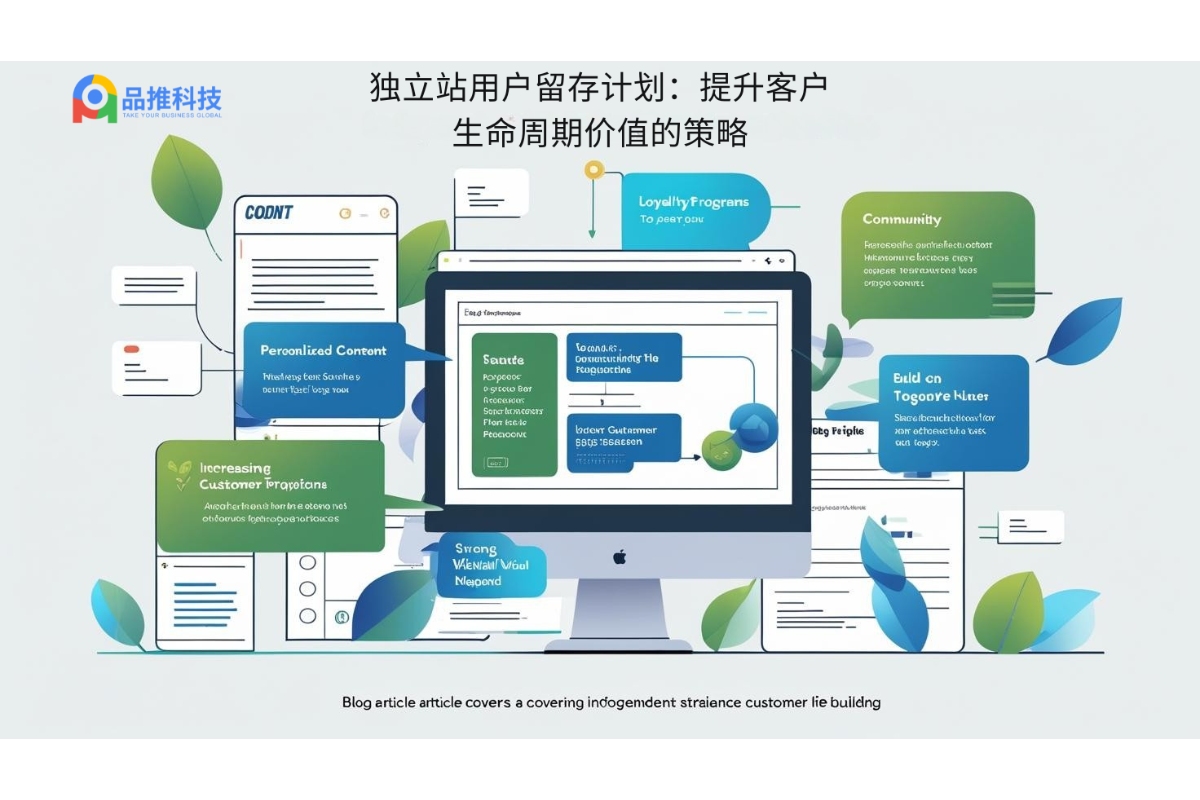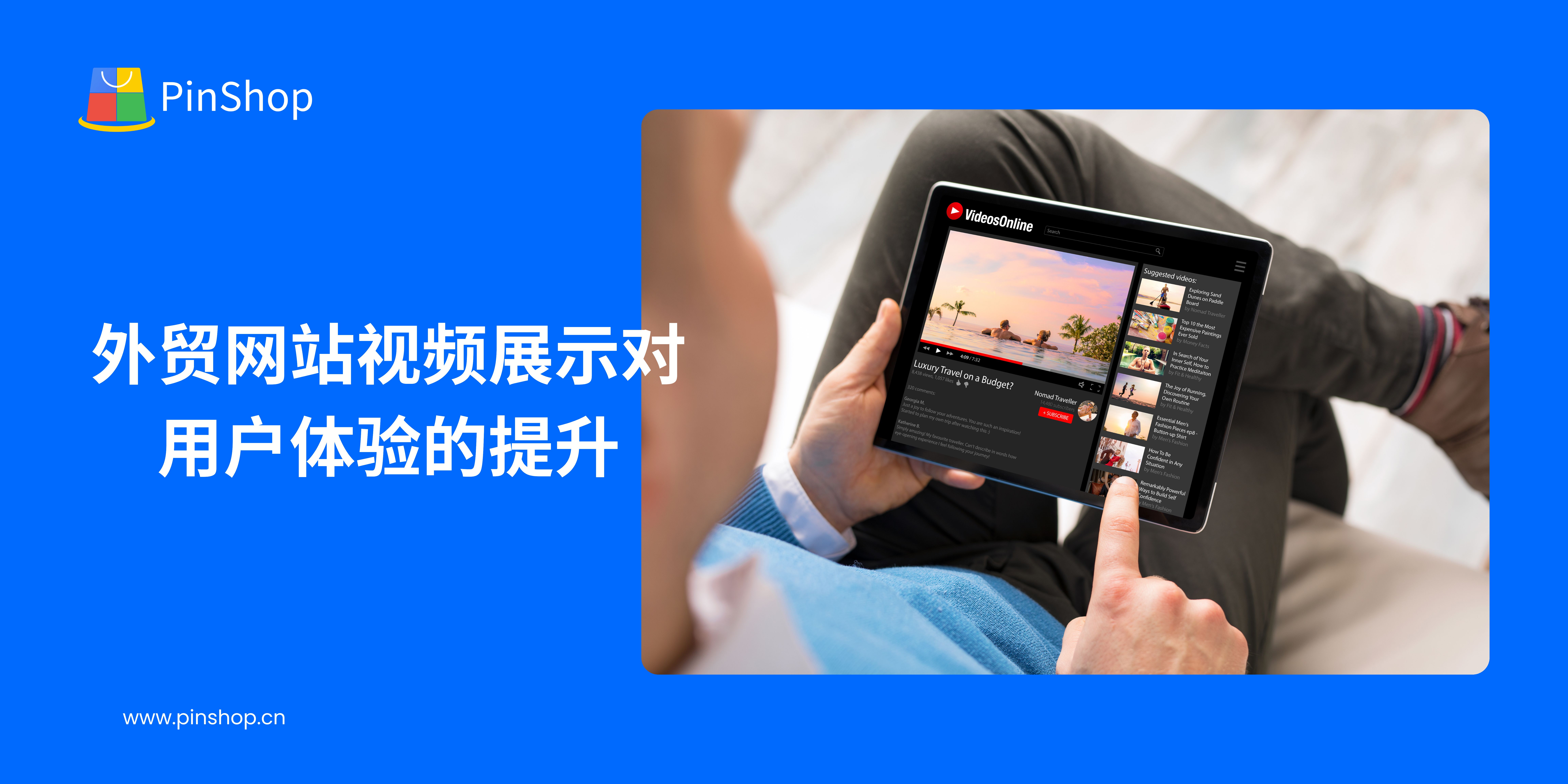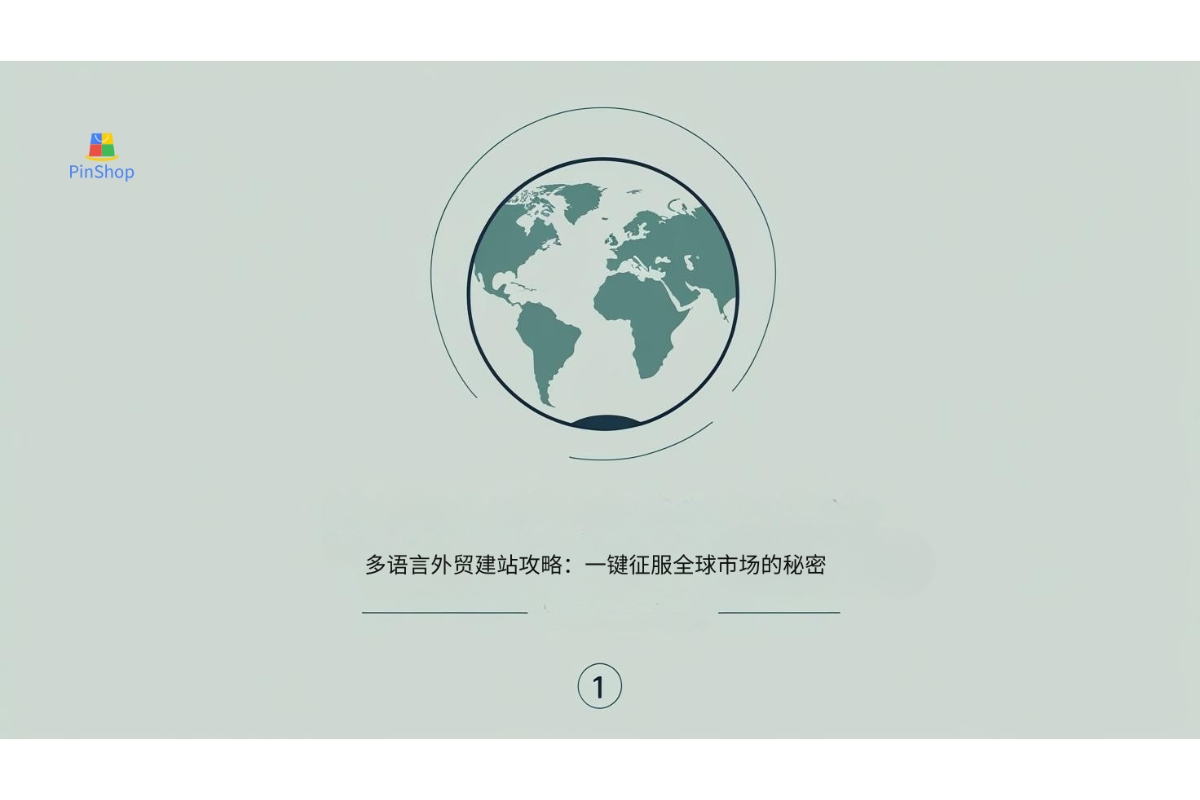In today's digital foreign trade landscape, independent websites serve not only as a showcase for products and services but also as a crucial touchpoint for customer relationship management. For businesses, user retention often has a more direct impact on profits than new customer acquisition, as retained users have higher repurchase rates and a significantly higher average lifetime value. Through a sound customer lifecycle management strategy, independent websites can maximize the value of each user and achieve sustainable growth.
 The Importance of Independent Station Customer Lifecycle Management
The Importance of Independent Station Customer Lifecycle Management
Customer Lifetime Value (CLV) is a key metric for measuring the total value each customer can potentially deliver throughout the entire customer relationship. Independent websites can build a comprehensive lifecycle model by collecting user behavior data, such as browsing history, purchase frequency, and interaction habits. According to research by the International Customer Relationship Management Association (CRM Association) , effective lifecycle management can increase customer value by over 30%.
By analyzing user behavior at different stages, companies can differentiate between potential churners, active users, and high-value users, and develop targeted marketing strategies. For example, for new users, onboarding experiences and educational content can be used to increase first-time purchase conversion rates; for active users, personalized recommendations and membership programs can be used to increase repeat purchase rates.
Data-driven retention strategies
The advantage of independent websites lies in data controllability and traceability. Businesses can leverage their data analysis tools to identify user behavior patterns and optimize marketing efforts. For example, by combining user path analysis and conversion funnel data provided by Google Analytics , businesses can pinpoint user churn points and implement targeted incentives, such as limited-time offers, points rewards, or exclusive events.
In addition, email marketing, social media outreach, and automated push notifications are all important means to improve user retention on independent websites. Through multi-channel, data-driven interactions, companies can achieve the transformation from one-time transactions to long-term customer relationships.
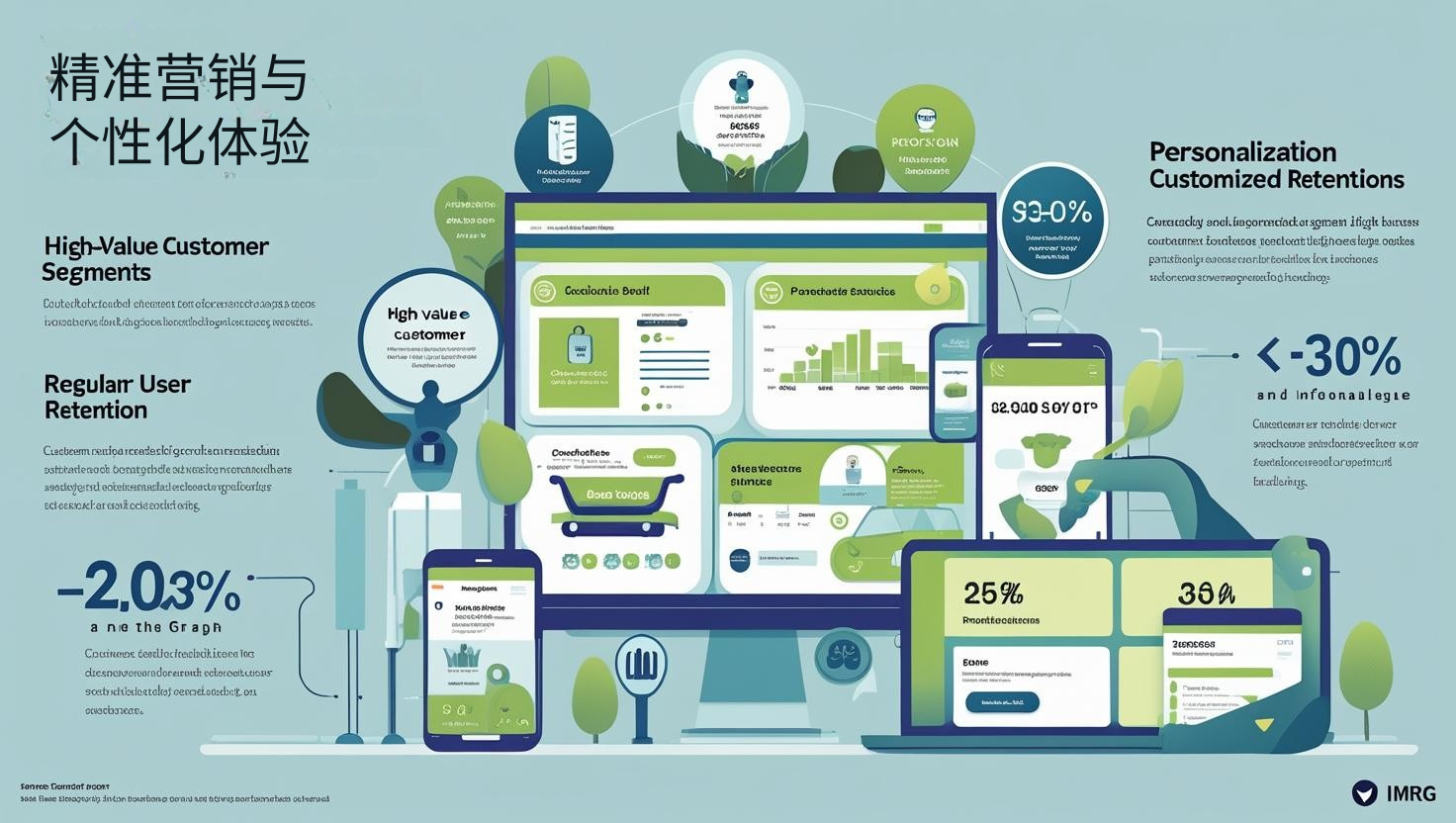 Precision marketing and personalized experience
Precision marketing and personalized experience
A personalized experience is a key factor in improving user retention on independent websites. Through data analysis, companies can provide customized content, product recommendations, and promotional strategies for different customer groups. For example, high-value customers can enjoy exclusive services or membership benefits, while regular, active users can increase their purchase frequency through package recommendations.
According to a survey by the International e-Commerce Association (IMRG) , personalized recommendations can increase customer retention by 20% to 30%. Independent websites, through flexible content display and intelligent recommendation algorithms, match user interests with products, significantly increasing user stickiness and repeat purchase intention.
Establishing a long-term loyalty mechanism
Beyond short-term marketing, independent websites should focus on building long-term loyalty mechanisms. Companies can enhance users' sense of identity and belonging through membership systems, reward points, community interaction, and brand storytelling. Long-term loyal users not only repurchase frequently but also become brand evangelists, creating a self-sustaining cycle.
Companies can also monitor user engagement and interactive feedback through independent site backend data, adjust loyalty programs in a timely manner, and ensure that each strategy can effectively enhance user value and lifecycle benefits.
Recommended related articles: Multilingual Independent Station Strategy: Balancing Localization and Internationalization


